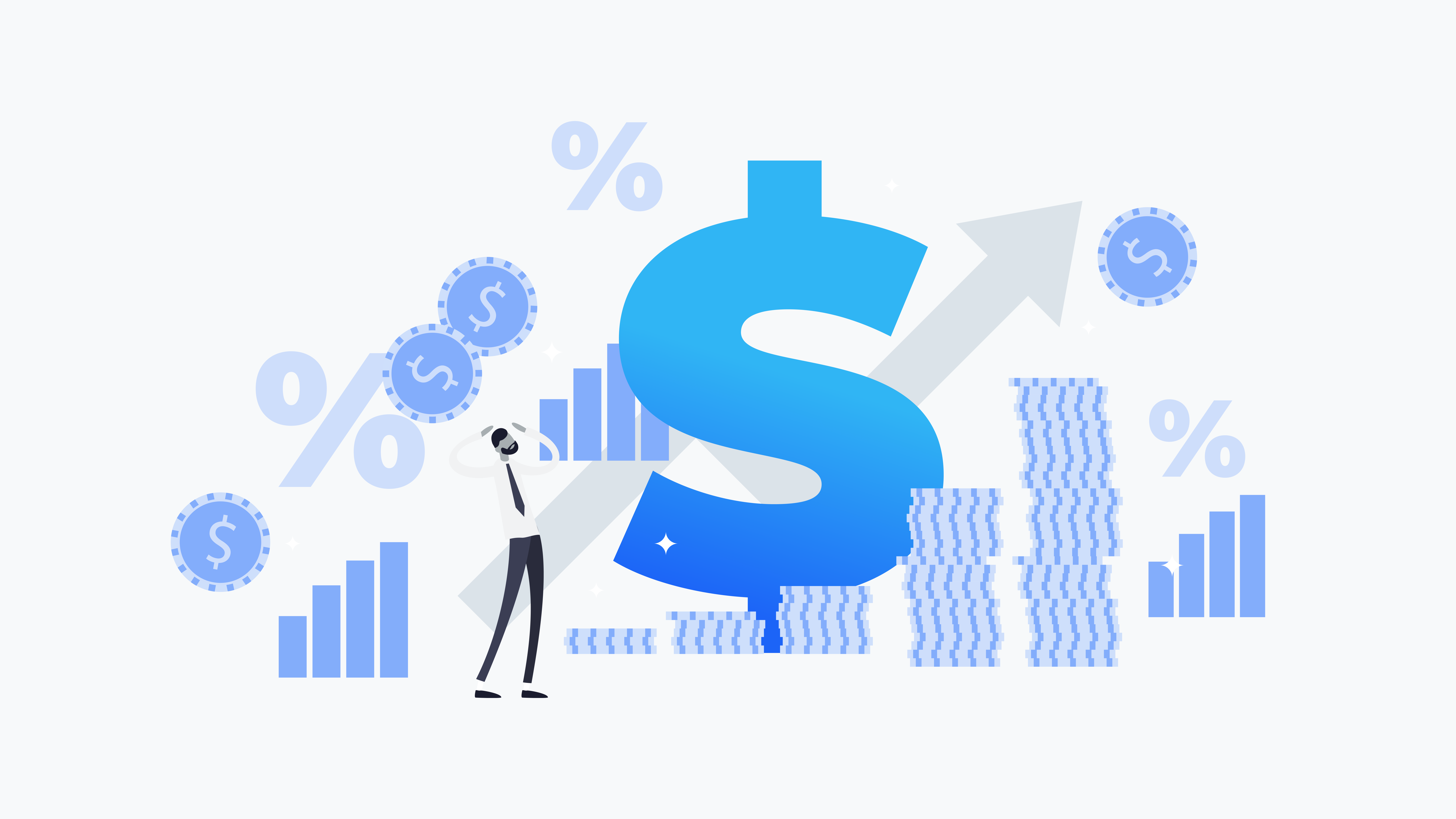Efficient Pricing Strategy for New Products: What You Required to Know
Efficient Pricing Strategy for New Products: What You Required to Know
Blog Article

Master Effective Pricing Strategies to Maximize Revenue
In the ever-evolving landscape of commerce, mastering efficient prices methods is crucial for companies intending to optimize earnings. A nuanced understanding of pricing psychology can significantly affect client actions and getting choices.
Comprehending Pricing Psychology
Comprehending pricing psychology is critical for services aiming to optimize their prices strategies. This field examines exactly how consumers perceive prices and how these understandings influence their acquiring decisions. Key ideas in pricing psychology consist of the anchoring result, where the first price offered works as a referral point for customers, and the principle of cost level of sensitivity, which differs among various customer segments.
Furthermore, companies can take advantage of the idea of viewed worth, where the viewed advantages of a product and services can warrant a greater cost factor. For example, costs rates can create an aura of exclusivity, bring in consumers who connect greater rates with superior quality. On the other hand, psychological pricing, such as establishing a price at $9.99 rather of $10, can considerably affect customer behavior by making costs show up much more attractive.
In addition, deficiency and seriousness can improve the perceived worth of products, prompting quicker acquiring decisions. Understanding these psychological triggers allows organizations to develop pricing strategies that not just drive sales but additionally foster consumer loyalty. Therefore, grasping rates psychology is necessary for reliable pricing technique formula, leading to enhanced success and market positioning.
Applying Value-Based Pricing

Next, segment your customers based on their willingness to pay and the worth they view. By doing so, you can customize offerings and pricing methods to line up with different sectors.
Constantly keep track of market conditions and customer comments to improve your pricing method over time. By applying value-based rates, organizations can enhance earnings while promoting long-term consumer loyalty.
Discovering Dynamic Pricing Versions
In today's quickly changing market landscape, dynamic pricing models have arised as an effective technique for organizations seeking to maximize revenue and react to fluctuations sought after. These versions allow business to readjust their costs in real-time based upon numerous variables such as client habits, market trends, and inventory levels. By leveraging information analytics and algorithms, companies can identify optimal pricing points that make best use of sales while continuing to be affordable.
Dynamic rates can take various forms, consisting of time-based prices, where prices vary based upon time of day or period, and demand-based rates, which adjusts prices according to current customer need. This versatility not only improves productivity but also improves customer contentment by offering costs that mirror real-time market problems.
Carrying out dynamic rates calls for a robust technical facilities and a deep understanding of client sectors. It is crucial for companies to monitor market signals and consumer feedbacks see here continuously, ensuring that pricing approaches align with wider company objectives. Furthermore, transparent interaction regarding pricing modifications can help minimize client discontentment and foster trust, inevitably bring about continual profitability in an affordable marketplace. Embracing dynamic pricing can therefore be a transformative strategy in the quest for maximizing earnings.
Analyzing Rival Prices
Keeping track of competitor pricing is essential for businesses aiming to preserve an one-upmanship in their corresponding markets. By examining competitors' rates techniques, companies can recognize market patterns, comprehend consumer preferences, and change their prices accordingly. This evaluation entails gathering information on competitors' costs, advertising strategies, and item offerings to notify prices decisions.
To properly analyze competitor rates, organizations should utilize various tools and strategies, such as cost monitoring software, market study records, and consumer responses. This information can reveal just how competitors place their services and items, permitting companies to differentiate their offerings or take on comparable strategies to continue to be appropriate.
Furthermore, it is critical to classify competitors into indirect and direct rivals. Direct competitors offer comparable these details product and services, while indirect great site rivals might accomplish the same consumer requirement with various options. Comprehending the nuances between these teams will make it possible for businesses to customize their prices approaches better.
Inevitably, continuous competitor pricing evaluation is essential for making informed prices decisions. It permits services to remain nimble in response to market changes, ensuring they can take opportunities and mitigate threats connected with prices approaches.
Reviewing Prices Performance
Comprehending just how competitor rates affects market dynamics causes a natural concentrate on reviewing pricing efficiency within one's very own company. This evaluation is crucial for identifying areas of stamina and opportunities for enhancement, inevitably enhancing productivity.

Additionally, carrying out routine rates audits can expose inconsistencies between expected and real performance. This includes contrasting pricing information throughout various sectors and channels to comprehend variations and recognize patterns. Additionally, integrating consumer comments can give insights right into perceived worth versus real rates, making sure alignment with market expectations.
Finally, leveraging information analytics tools can assist in deeper insights right into pricing performance, making it possible for companies to make data-driven changes (Pricing Strategy). By constantly reviewing pricing efficiency, companies can adjust to market changes and enhance their strategies, ensuring continual productivity in a competitive landscape
Conclusion
By leveraging pricing psychology, businesses can enhance regarded worth and tailor rates to varied customer sectors. The adoption of value-based and vibrant rates versions facilitates real-time adjustments based on demand and consumer willingness to pay.
Recognizing prices psychology is important for businesses aiming to maximize their pricing approaches. Recognizing these emotional triggers enables companies to create prices approaches that not only drive sales however also foster consumer commitment. Therefore, understanding pricing psychology is essential for effective rates method solution, leading to improved earnings and market positioning.
By analyzing rivals' pricing approaches, companies can identify market patterns, understand consumer choices, and readjust their pricing accordingly. By leveraging prices psychology, businesses can improve regarded value and dressmaker pricing to varied client segments.
Report this page